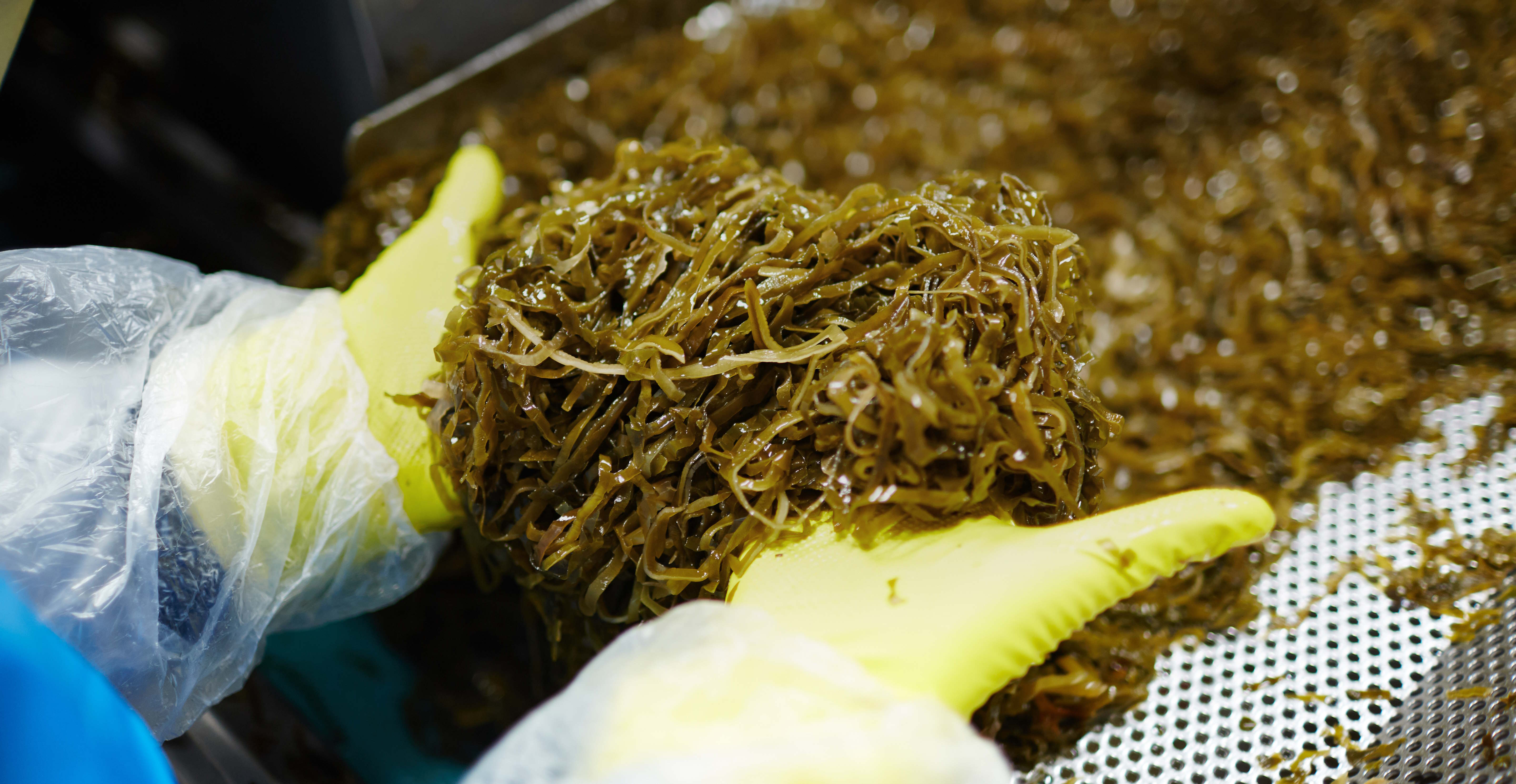
More seaweed on the menu in Northern Europe
Seaweed and algae are a sustainable and healthy alternative to animal foods, and there is an abundance of it in the seas around us. A new German/Danish project, led by SDU, has received ca. 14 million DKK to make consumers more interested in eating seaweed and algae and to make the products more accessible to them.
Most people have probably tasted seaweed in some form, for example, at a sushi restaurant. But seaweed is more than the black, flat sheets of nori seaweed and the crispy wakame salad.
There are many other kinds of edible seaweed, for example sea lettuce and sugar kelp, which don't need to be imported from Japan but can be harvested in our own nearby coastal environment. We don't eat much of those yet, but a new project aims to change that.
“Our goal is for seaweed and algae to become integrated into the regional food culture as part of a healthy and sustainable diet”, says project leader and marine biologist Jamileh Javidpour from Department of Biology.
Edible seaweed in our region
- In the North Sea: Sugar kelp (Saccharina latissima), nori (Porphyra umbilicalis), sea lettuce (Ulva).
- In the Baltic Sea: Sugar kelp (Saccharina latissima), gut weed (Ulva intestinalis), bladderwrack (Fucus vesiculosus).
In addition to SDU, the consortium behind the AlgaeFood project includes Fjord&Bælt, German companies Coastal Research and Management and oceanBASIS, as well as the Danish outdoor travel agency Peninsula Nature Aps. The grant of approximately 2 million euros is provided by the Danish/German InterReg program, and the project is set to run for three years.
Humans have likely been eating seaweed for as long as we have existed, and depending on the period and region, we have considered it a luxury food, part of the daily diet, poor man's food, or something we haven't even considered eating.
In recent years, seaweed and algae have gained increasing attention from researchers and the media because they play an important role in the climate (capturing carbon and increasing biodiversity) and because they have the potential to be an alternative to the foods we traditionally produce on land.

“Reducing the consumption of animal foods and providing the population with sustainable and healthy alternatives is a current challenge. We can address this by increasing the use of algae and seaweed in foods. Algae and seaweed contain essential nutrients and do not require irrigation, fertilizers, or land for cultivation. Since the Danish and German coasts have a large amount of algal biomass, the use of algae as food can provide a cultural and economic added value to the region”, says Jamileh Javidpour.
The overall goal of the AlgaeFood project is to make seaweed and algae more widespread in the regional food culture as part of a healthy and sustainable diet. The project aims to achieve this by:
- Investigating how regional algae can be sustainably used for nutritional purposes;
- Increasing awareness and acceptance of tasty food with seaweed and algae;
- Educating and empowering consumers to cook with seaweed and algae at home, at work, and in schools, for example, through events, cooking classes, and outdoor workshops.
Cooking with seaweed
Laver bread: A Welsh specialty. Has nothing to do with bread but is a boiled, jelly-like seaweed paste often served on toast or rolled in oats and fried as patties. Harvest or buy the red algae Porphyra umbilicalis (nori in Japanese), clean it thoroughly in saltwater, and let simmer for at least 6 hours. Mix with a little oil, salt, and lemon or other flavorings.
Seaweed lasagna: Replace lasagna sheets with fresh, well-rinsed shoots/tips of oarweed or sugar kelp and prepare it like regular lasagna with your preferred filling.
Meet the researcher
Jamileh Javidpour is a marine biologist and associate professor at the Department of Biology. She is also affiliated with SDU Climate Cluster.
The difference between algae and seaweed
Algae is the overarching term for both micro- and macroalgae. Microalgae are often used in dietary supplements, while macroalgae (seaweed) is more often used in cooking. In the industry, seaweed is used as a thickening agent and flavor enhancer in everything from soups to sausages.